Salt and peroxide cleaner: Sounds like a science experiment, right? Well, it kind of is, but it’s also your secret weapon for a sparkling clean home, and I’m here to tell you all about it! Forget those harsh chemicals and expensive cleaning products. We’re diving into the world of DIY cleaning with two simple, readily available ingredients that have been used for centuries in various forms for their cleaning and disinfecting properties.
Think about it: salt, a preservative and cleanser used since ancient times, and hydrogen peroxide, discovered in the early 19th century and quickly recognized for its bleaching and antiseptic abilities. Combining these two creates a powerful, yet gentle, cleaning solution that tackles everything from stubborn stains to grimy surfaces.
But why should you ditch your store-bought cleaners and embrace this DIY trick? Because it’s effective, affordable, eco-friendly, and incredibly versatile! In today’s world, we’re all looking for ways to save money, reduce our environmental impact, and create a healthier living space. This salt and peroxide cleaner does all that and more. I’m going to show you how to make it, where to use it, and why it’s about to become your new favorite cleaning hack. Get ready to say goodbye to harsh chemicals and hello to a sparkling, naturally clean home!
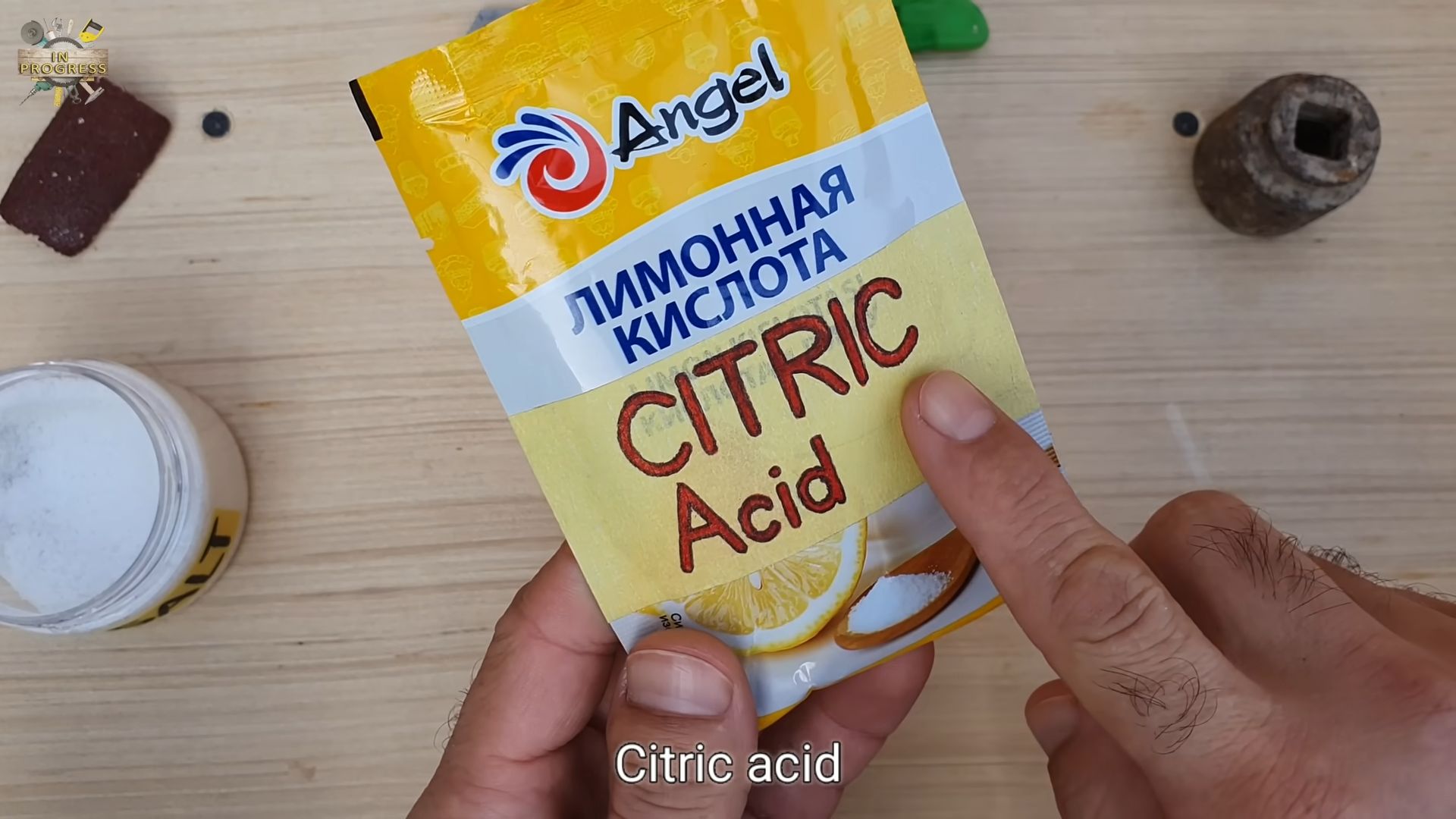
DIY Power Cleaner: Salt and Peroxide for a Sparkling Home
Hey everyone! I’m so excited to share one of my favorite DIY cleaning hacks with you – a super effective and incredibly cheap cleaner made with just salt and hydrogen peroxide. Seriously, this stuff is magic! I use it all over my house, from scrubbing grout to brightening laundry. It’s a fantastic alternative to harsh chemicals, and I feel so much better knowing exactly what’s going into my cleaning solutions.
This cleaner is particularly great because it’s:
* Budget-friendly: Salt and peroxide are staples in most homes and are incredibly inexpensive to buy.
* Effective: It tackles grime, stains, and even mold with surprising power.
* Versatile: You can use it on a variety of surfaces (always test in an inconspicuous area first!).
* Eco-conscious: It’s a much better option than many commercial cleaners packed with harsh chemicals.
So, are you ready to ditch the expensive, chemical-laden cleaners and embrace the power of salt and peroxide? Let’s get started!
Gathering Your Supplies
Before we dive in, let’s make sure we have everything we need. This is a pretty simple recipe, so the list is short and sweet:
* Hydrogen Peroxide (3%): This is the standard concentration you find at the drugstore. Don’t go for anything stronger without knowing how it will react with the surface you are cleaning.
* Table Salt: Plain old table salt works perfectly fine. No need for fancy sea salt here!
* Spray Bottle: A clean, empty spray bottle is essential for easy application.
* Mixing Bowl (Optional): If you prefer to mix the solution before adding it to the spray bottle, a bowl is helpful.
* Spoon or Stirring Stick: For mixing the ingredients.
* Gloves: While these ingredients are generally safe, wearing gloves is always a good idea to protect your skin, especially if you have sensitive skin.
* Cleaning Cloths or Sponges: For wiping and scrubbing.
* Old Toothbrush: Perfect for getting into those hard-to-reach places, like grout lines.
* Eye Protection (Optional): If you are worried about splashes, wear safety glasses.
Mixing the Magic Potion
Okay, now for the fun part – creating our cleaning solution! I usually make a small batch at a time to ensure it’s fresh and potent.
1. Measure the Peroxide: Pour about 1 cup of hydrogen peroxide into your mixing bowl (or directly into your spray bottle if you’re feeling confident).
2. Add the Salt: Add about 1/4 cup of table salt to the peroxide.
3. Stir Well: Use your spoon or stirring stick to thoroughly mix the salt and peroxide until the salt is mostly dissolved. It’s okay if there are a few undissolved grains – they’ll actually help with scrubbing!
4. Transfer to Spray Bottle (If Necessary): If you mixed the solution in a bowl, carefully pour it into your spray bottle.
5. Label Your Bottle: This is super important! Clearly label the bottle “Salt and Peroxide Cleaner” so you don’t accidentally mix it up with something else.
Important Note: Always mix this solution fresh. Hydrogen peroxide can lose its effectiveness over time, especially when exposed to light. I recommend making only as much as you need for a cleaning session.
Putting Your Cleaner to Work: Cleaning Applications
Now that you have your salt and peroxide cleaner ready, let’s explore some of the amazing ways you can use it around your home. Remember to always test the solution in an inconspicuous area first to ensure it doesn’t damage the surface.
Cleaning Grout
This is where this cleaner really shines! Grimy grout can make even the cleanest tiles look dirty.
1. Spray the Grout: Generously spray the salt and peroxide solution onto the grout lines.
2. Let it Sit: Allow the solution to sit for about 5-10 minutes to allow the peroxide to work its magic.
3. Scrub with a Toothbrush: Use an old toothbrush to scrub the grout lines. You’ll be amazed at how easily the grime lifts away. The salt acts as a gentle abrasive, helping to loosen stubborn dirt.
4. Wipe Clean: Wipe away the dirty residue with a damp cloth or sponge.
5. Rinse (Optional): If you want to be extra thorough, you can rinse the area with clean water.
Brightening Laundry
I love using this cleaner as a natural laundry booster, especially for whites.
1. Pre-Treat Stains: For stained clothing, spray the salt and peroxide solution directly onto the stain and let it sit for about 10-15 minutes before washing.
2. Add to the Wash: Add about 1/2 cup of the salt and peroxide solution to your washing machine along with your regular detergent.
3. Wash as Usual: Wash your clothes as you normally would.
Important Note: Always test the solution on a small, hidden area of the fabric first to ensure it doesn’t cause any discoloration. Avoid using it on delicate fabrics like silk or wool.
Cleaning Sinks and Tubs
This cleaner is great for removing soap scum and water stains from sinks and tubs.
1. Spray the Surface: Spray the salt and peroxide solution onto the surface of your sink or tub.
2. Let it Sit: Allow the solution to sit for about 5 minutes.
3. Scrub: Use a sponge or cleaning cloth to scrub the surface.
4. Rinse: Rinse thoroughly with clean water.
Cleaning Toilets
Yes, you can even use this cleaner in your toilet!
1. Pour into the Bowl: Pour about 1/2 cup of the salt and peroxide solution into the toilet bowl.
2. Let it Sit: Allow the solution to sit for about 20-30 minutes.
3. Scrub: Use a toilet brush to scrub the bowl.
4. Flush: Flush the toilet to rinse.
Removing Mildew
While this cleaner isn’t a substitute for heavy-duty mold removal, it can be effective for tackling mild mildew in bathrooms and other damp areas.
1. Spray the Affected Area: Spray the salt and peroxide solution onto the mildewed area.
2. Let it Sit: Allow the solution to sit for at least 10-15 minutes.
3. Scrub: Use a scrub brush or sponge to scrub the area.
4. Rinse: Rinse thoroughly with clean water.
5. Repeat if Necessary: For stubborn mildew, you may need to repeat the process.
Important Note: For significant mold or mildew problems, it’s always best to consult with a professional mold remediation service.
Cleaning Cutting Boards
I use this to sanitize my wooden and plastic cutting boards.
1. Spray the Cutting Board: Spray the salt and peroxide solution onto the surface of the cutting board.
2. Let it Sit: Allow the solution to sit for about 5 minutes.
3. Scrub: Use a scrub brush or sponge to scrub the surface.
4. Rinse: Rinse thoroughly with clean water.
Safety First!
While salt and peroxide are generally safe, it’s always important to take a few precautions:
* Test First: Always test the solution in an inconspicuous area before applying it to a large surface.
* Avoid Mixing with Other Cleaners: Never mix this cleaner with other cleaning products, especially bleach, as this can create dangerous fumes.
* Ventilation: Use this cleaner in a well-ventilated area.
* Eye Protection: Consider wearing eye protection to prevent splashes.
* Keep Out of Reach of Children and Pets: As with all cleaning products, keep this solution out of reach of children and pets.
* Storage: Store the solution in a cool, dark place to prolong its effectiveness.
Troubleshooting
Sometimes, things don’t go exactly as planned. Here are a few common issues you might encounter and how to address them:
* Solution Doesn’t Seem to Be Working: Make sure your hydrogen peroxide is fresh. It can lose its potency over time. Also, try letting the solution sit for a longer period of time before scrubbing.
* Residue Left Behind: If you notice a salty residue after cleaning, simply wipe the area with a damp cloth.
* Discoloration: If you notice any discoloration after using the cleaner, stop using it immediately and rinse the area thoroughly with clean water.
Final Thoughts
I hope you’re as excited about this DIY cleaner as I am! It’s a simple, effective, and affordable way to keep your home sparkling clean.
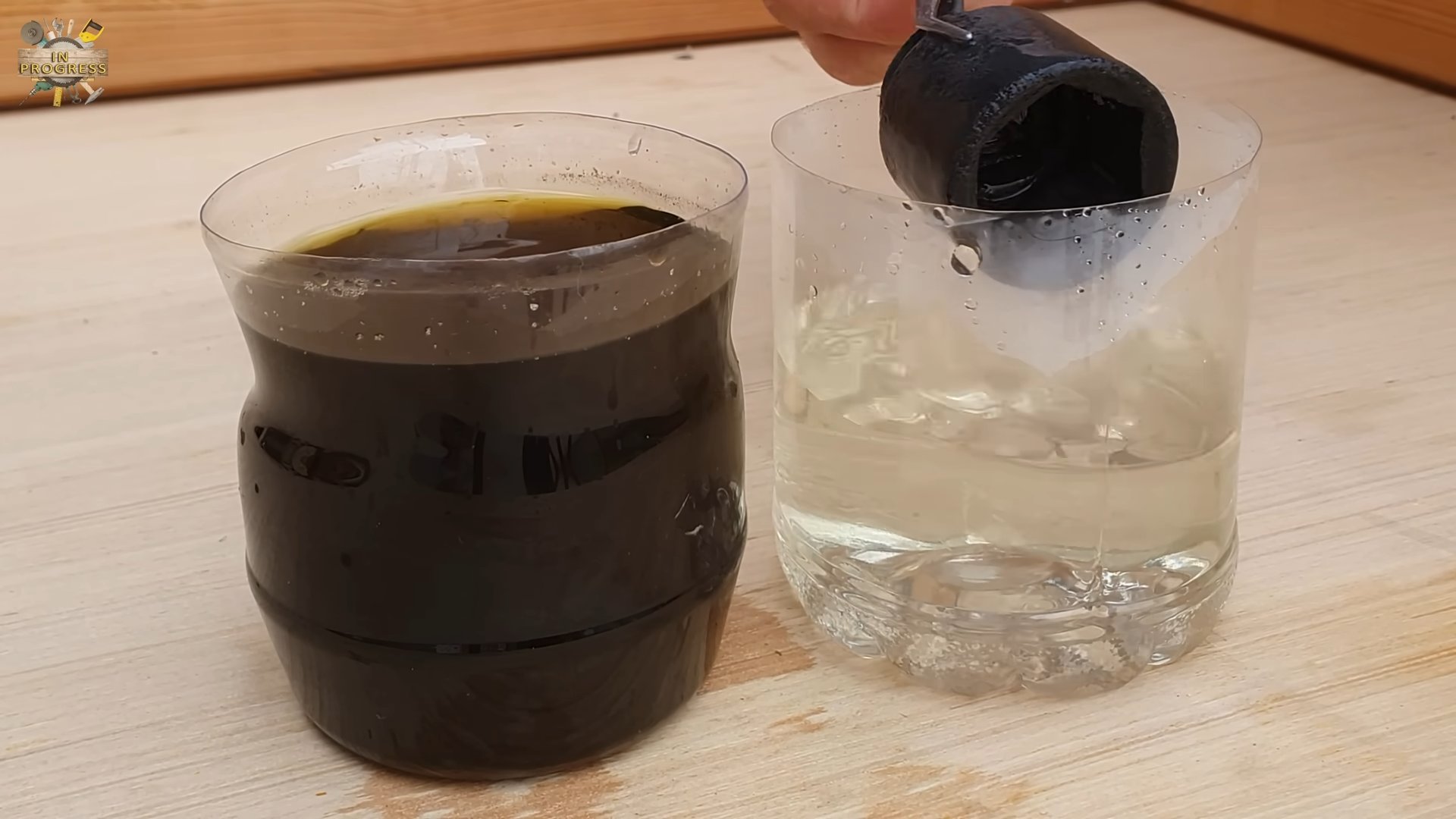
Conclusion
So, there you have it! This simple yet incredibly effective DIY salt and peroxide cleaner is more than just a cleaning solution; it’s a game-changer for your home. We’ve explored how the abrasive power of salt combined with the oxidizing properties of hydrogen peroxide creates a potent, non-toxic cleaning powerhouse. Forget about harsh chemicals and expensive store-bought cleaners – this homemade remedy is not only budget-friendly but also environmentally conscious.
Why is this DIY trick a must-try? Because it delivers exceptional results without compromising your health or the planet. It tackles stubborn stains, grime, and mildew with ease, leaving surfaces sparkling clean and refreshed. From grimy grout lines to stained sinks and even burnt-on food residue, this cleaner is a versatile solution for a multitude of cleaning challenges.
But the benefits don’t stop there. This DIY cleaner is incredibly customizable. Want to boost its cleaning power even further? Add a few drops of your favorite essential oil, like lemon or tea tree, for an extra dose of disinfecting and a pleasant aroma. For tougher stains, create a thicker paste by using more salt and less peroxide, allowing it to sit on the affected area for a longer period before scrubbing. You can even experiment with different types of salt, such as coarse sea salt for extra scrubbing power or Epsom salt for its added mineral benefits.
We understand that trying something new can sometimes feel daunting, but trust us, this DIY salt and peroxide cleaner is incredibly easy to make and use. The simple combination of readily available ingredients makes it accessible to everyone, regardless of their cleaning experience. Plus, the satisfaction of creating your own effective cleaning solution is truly rewarding.
We wholeheartedly encourage you to give this DIY trick a try. We’re confident that you’ll be amazed by the results. Say goodbye to harsh chemicals and hello to a cleaner, healthier home with this simple yet powerful solution.
Once you’ve experienced the magic of this DIY salt and peroxide cleaner, we’d love to hear about your experience! Share your before-and-after photos, your favorite uses for the cleaner, and any variations you’ve tried in the comments below. Let’s create a community of DIY cleaning enthusiasts and inspire others to embrace a more natural and sustainable approach to home cleaning. Your feedback is invaluable and will help us refine and improve this guide for future readers. So, go ahead, grab your salt and peroxide, and get ready to transform your cleaning routine!
Frequently Asked Questions (FAQ)
Is this salt and peroxide cleaner safe to use on all surfaces?
While this cleaner is generally safe and effective, it’s always a good idea to test it on an inconspicuous area first, especially on delicate or sensitive surfaces. Avoid using it on polished marble, granite, or other natural stone surfaces, as the abrasive nature of salt could potentially scratch them. It’s also best to avoid using it on painted surfaces, as the peroxide could potentially cause discoloration over time. Surfaces like porcelain, ceramic tile, stainless steel, and glass are generally safe to clean with this solution. When in doubt, err on the side of caution and test a small area first.
What type of salt and peroxide should I use?
For salt, you can use regular table salt, sea salt, or even Epsom salt. Coarse salt will provide more abrasive cleaning power, while finer salt will be gentler. For hydrogen peroxide, a standard 3% solution, which is readily available at most pharmacies and supermarkets, is perfectly adequate. Higher concentrations of hydrogen peroxide can be more potent but also more irritating, so it’s best to stick with the 3% solution for general cleaning purposes. Always handle hydrogen peroxide with care and avoid contact with your eyes and skin.
How do I store the salt and peroxide cleaner?
It’s best to mix the salt and peroxide cleaner fresh each time you need it. This is because the mixture can lose its effectiveness over time as the peroxide decomposes. However, if you do have leftover cleaner, you can store it in a dark, airtight container in a cool place. Be sure to label the container clearly to avoid any confusion. It’s generally recommended to use the stored cleaner within a few days for optimal results.
Can I use this cleaner to disinfect surfaces?
While hydrogen peroxide does have some disinfecting properties, this DIY cleaner is primarily designed for cleaning and stain removal. For thorough disinfection, it’s best to use a dedicated disinfectant product that is specifically formulated to kill germs and bacteria. However, the salt and peroxide cleaner can help to remove dirt and grime, which can improve the effectiveness of disinfectants.
How do I deal with stubborn stains using this cleaner?
For stubborn stains, create a thicker paste by using more salt and less peroxide. Apply the paste directly to the stain and let it sit for 15-30 minutes before scrubbing. You can also try using a scrub brush or an old toothbrush to work the paste into the stain. For particularly tough stains, you may need to repeat the process several times.
Can I add other ingredients to this cleaner?
Yes, you can definitely customize this cleaner to suit your specific needs and preferences. As mentioned earlier, adding a few drops of essential oil can provide extra disinfecting power and a pleasant aroma. You can also add a small amount of dish soap to help cut through grease and grime. However, avoid mixing this cleaner with bleach or other harsh chemicals, as this can create dangerous fumes.
Is this cleaner safe for septic systems?
Yes, this cleaner is generally safe for septic systems. The ingredients are biodegradable and won’t harm the beneficial bacteria in your septic tank. However, it’s always a good idea to use cleaning products sparingly, regardless of whether they are homemade or store-bought, to avoid overloading your septic system.
What safety precautions should I take when using this cleaner?
Although this cleaner is relatively safe, it’s still important to take some basic safety precautions. Wear gloves to protect your hands from irritation, especially if you have sensitive skin. Avoid contact with your eyes, and if contact occurs, rinse thoroughly with water. Work in a well-ventilated area to avoid inhaling any fumes. Keep the cleaner out of reach of children and pets.
How often should I use this cleaner?
The frequency of use will depend on your individual cleaning needs and the surfaces you are cleaning. For general cleaning, you can use this cleaner as often as needed. However, for delicate surfaces, it’s best to use it sparingly to avoid any potential damage.
Can I use this cleaner to clean my toilet?
Yes, this DIY salt and peroxide cleaner can be used to clean your toilet bowl. Sprinkle some salt into the bowl, then pour in some hydrogen peroxide. Let it sit for a few minutes, then scrub with a toilet brush and flush. This can help to remove stains and freshen up your toilet.

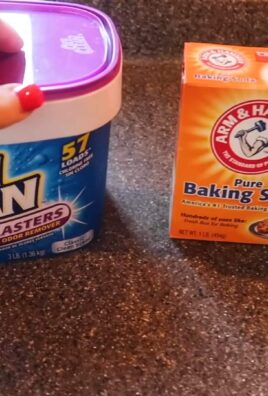
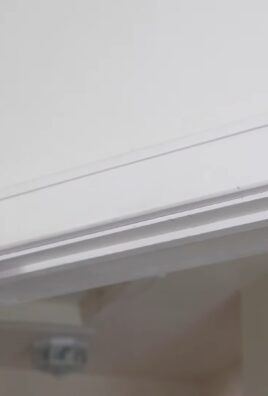
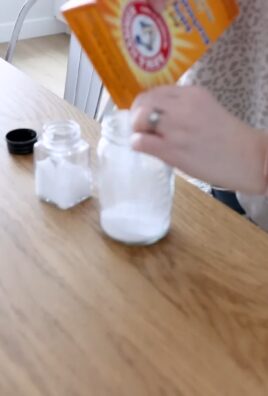
Leave a Comment